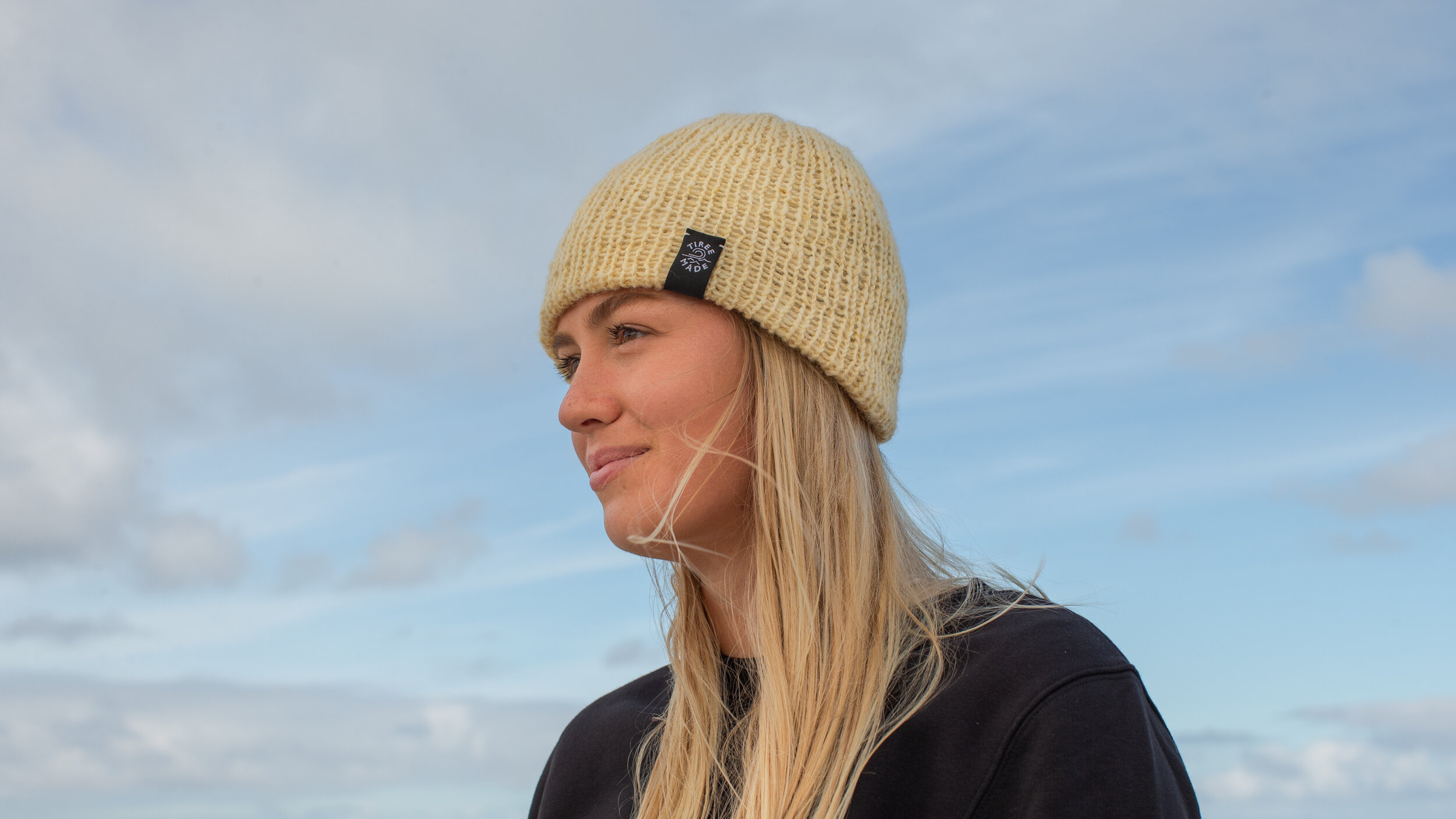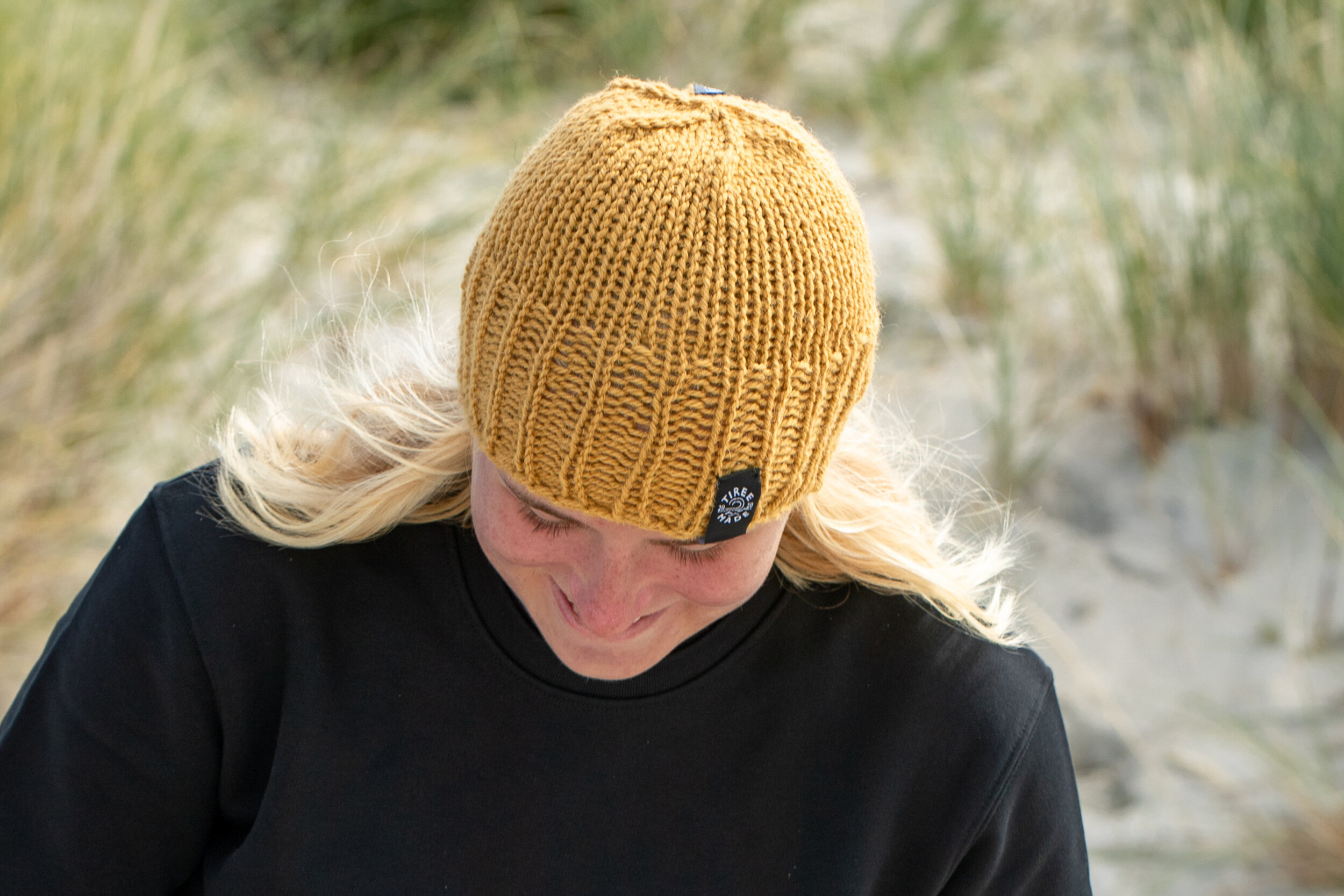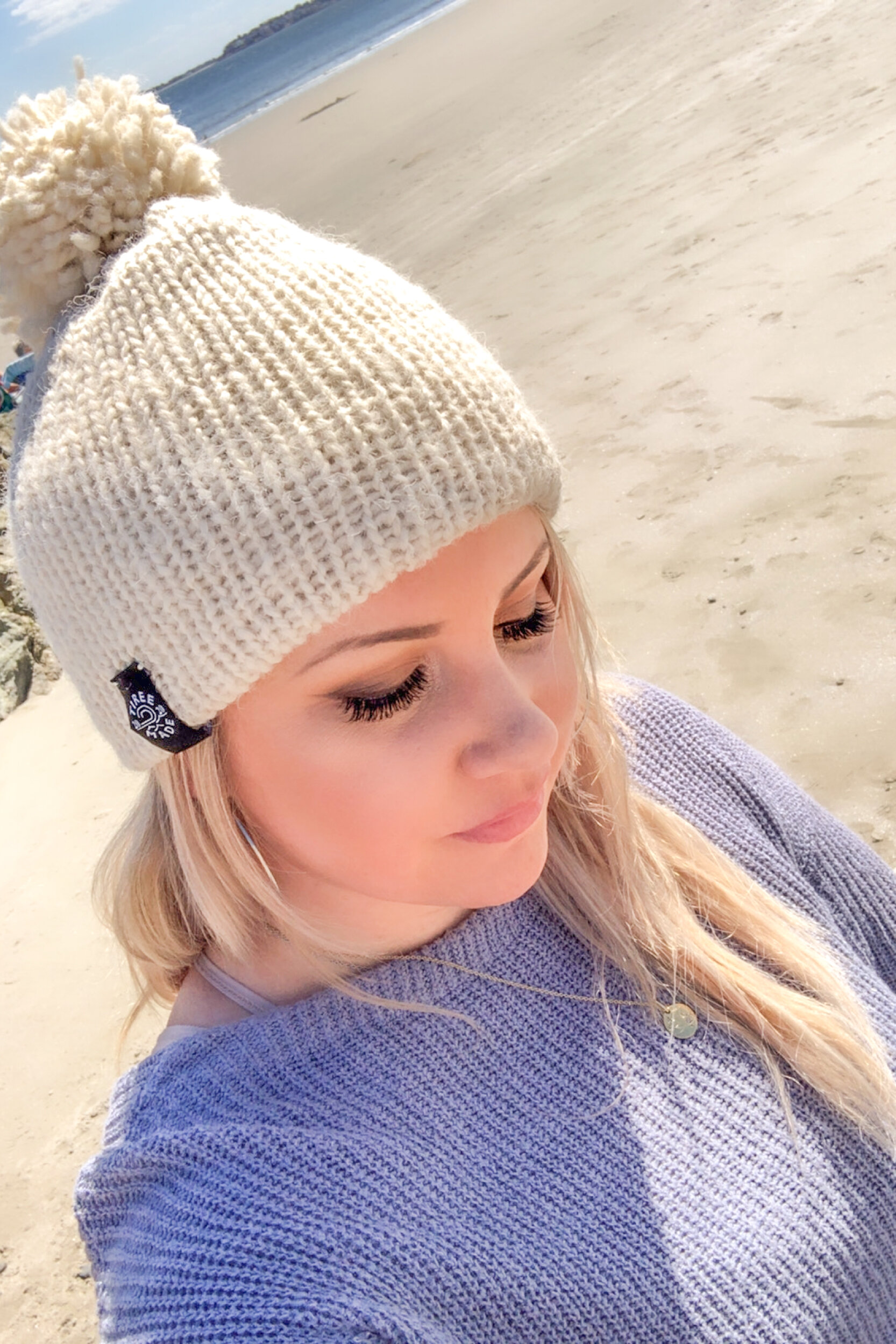Beanie, Toboggan, Tuque, Toque and Touque - Are they the same wool hat?
Have you heard wool hats being called different names? Maybe when streaming your favourite channel or watching cable or satellite?
Did it make you ever wonder if a beanie, toboggan, touque, toque or tuque are the same type of wool hat? If so, then you’re not alone because I was wondering about this too. Being found all over the world where climate demands a warm woolly hat, I learned that:
The classic woolly hat goes by an assortment of local names. It turns out that in New Zealand, the United Kingdom and Australia, the term "beanie" is normally applied to a wool knit hat and it’s interchangeable with a Tuque, Touque and Toque in Canada and parts of the US. Touque, Toque and Tuque is in fact the same wool hat as a Beanie with three distinct spellings. And last but not least in the southern states of America, Toboggan is the name for a wool knitted hat that is worn during the colder months.
When I first heard these labels to describe a wool knitted hat, I was curious if they were the same type of hat. This led me to do a bit of research into each of them to discover more about their differences, or similarities depending on the region. Localities play a part when referring to a toboggan, beanie, touque, toque or tuque. There are a multitude of names used to describe your comfy wool hat and they are found everywhere the weather necessitates warm woolly headgear.
“…a lovely woolly hat by any name is a cosy and a cherished necessity for cold-weather wherever you are in the world.”
Here is a little more detail discovered during my woolly hat adventure:
The Tobogan Hat
The Beanie Hat, skull caps or Skullies
Toque and Tuque or Touque Hat
2. The Tobogan Hat?
When someone mentions the word “toboggan,” depending on where you live in the world, the first thing that may spring to mind is a wooden sled that can be pulled by a rope and memories of childhood sliding down your nearest hill or mountain at the first sight of snow. This most likely would occur in the northern portion of the United States, Canada, the UK and Europe where sledding is popular. On the other hand, when in the southern states of America, toboggan is the name for a wool knitted hat that is worn during the colder months.
Did you know that the use of “toboggan” to mean “sled” dates back to the 1820’s? It turns out that it’s a French-Canadian adaption of an Algonquian word - probably Mi'kmaq tepaqan or Abenaki dabôgan from terms that referred to a type of sled-like vehicle or tool for pulling things. Algonquians were one of the most prodigious Native American groups. The hundreds of original tribes shared the Algonquian languages with some variation and dialects. Historically, they lived across eastern North America from the Atlantic Ocean to the Rocky Mountains and from northern Canada to the Carolinas.
Often wearing woolly hats to keep warm in the freezing but fun conditions in which you toboggan, riders started to call their wool hats “toboggan hats”, but since at least 1929, that second word “hats“ has been dropped. In the warmer American south snow is rare. Because of the scarcity of snow in the southern states the connection between “toboggan” and “sled” has been lost, and the primary definition of “toboggan” is now a wool hat. Next time you’re in the southern states, have a chat with a local and you might find that they are shocked to learn that toboggans are also sleds!
A beanie and a toboggan are the same but different. Used by most interchangeably, both winter hats are almost the same. However, if you want a little fact for your next dinner party here you go: Beanie is the universal name for winter hats that are fitted to the shape of your head and don’t not have a bobble. Beanies, although they should be made from wool in our opinion, a Beanie can be made from all kinds of materials. On the other hand a Toboggan hat is, and can only be, a knitted wool winter hat.
To make things even more interesting you may find your Tobogan even called a Snookie, Sherpa, Watch cap, or Burglar hat. just saying :-)
2. The Beanie Hat?
It’s been said that the name Beanie is derived from the slang term for head originating in the 1900s “Bean“ The Beanie we recognise today took some time to evolve, not really becoming the sort of wool beanie we wear today until the 1600s. Although both a fashion item and functional piece of headwear that keeps your head warm, during its evolution neither of these were its purpose. It had been used as a hat to keep hair out of blue collar workers’ eyes without blocking their vision.
The real resurgence in wearing the Beanie style wool hat took place in the 1950s, gathering pace in the 60s and 70s, when they became part of the alternative fashion scene. You could say the Beanie really broke into the mainstream in the 1990s when it was seen as something to wear by all genders. The wool beanie has continued its march ever since.
In New Zealand and Australia, the term "Beanie" is normally applied to a wool knit hat that is interchangeable with a tuque in Canada and parts of the US. In the United Kingdom, the term "Bennie Hat" also refers to a knitted style of hat.
In parts of Canada and some regions of the United States, the term "beanie" most often refers to a woollen knitted hat, in addition to a stocking, cap or tuque. Further names may include woolly hats and skull caps or Skullies. In America, a beanie is a head-hugging brimless cap, made from triangular panels of material joined by a button at the top and pieced together around the sides. However the term has become more generic and covers most knitted hats that hug your head. Interestingly, the cloth-covered button at the crown of the hat is often about the size of a bean and may also be the origin of the term "beanie". But our belief is it is more likely derived from the slang term "bean", meaning "head".
Regardless of what you call it, we believe, the beanie has one advantage over all other hats. They look great on everyone.
Toque and Tuque or Touque Hat?
In looking up a toque, I found that it is in fact the same hat with three distinct spellings. Simply shift or remove the “u” or “o” when it comes to what is known as a popular fashion item worn year-round by Canadians. The spelling of “touque” was adapted from the French-Canadian word tuque with the variation of the spelling toque being traced back in writing around 1870. Both tuque and toque are unique to Canada and northern areas of the United States close to the Canada–United States border. In Michigan’s Upper Peninsula, an offshoot is called the chook, or chuke, which is common phrasing for the region.
As I was investigating this triple spelling variation for touque, I found out that it can be considered a controversial matter to those living in the Great White North. As evidence of the debate, close to 6,500 residents of Edmonton voted in a poll put on by the Canadian Broadcasting Corporation News regarding the correct spelling of a Canadian wool knit cap back in 2013. Voters were asked how they spelled the word, but to this day the matter is still debatable since the results of the poll were too close to call.
But regardless of the word you use to describe your close-fitting, brimless, hat (well mostly brimless, there was a phase that most now put behind them where a little brim was added but the less said about that the better) it has always been gender neutral. In the 12th and 13th centuries embroidered toques were worn by women and velvet by men. However we must make a point here there is a very different hat now worn by chefs that also uses the same work Touque. Just to make things more confusing.
Conclusion
As I explored my list of names given to wool hats around the world I discovered that Toboggan, Beanie, Toque, Tuque or Touque are - today - the same type of wool hat. It’s all about where in the world you’re trying to keep your head warm. I found out that a Toboggan refers to a classic sled in the northern portion of the United States, Canada, or northern Europe, where sledding is common, while it is also considered a type of hat in the southern portion of the US.
Beanie is widely known as a woollen knitted cap and is worn across regions in America, Canada, New Zealand, United Kingdom, Europe and Australia. The Toque, Tuque or Touque are also winter hats with a variation in their spellings in Canada and northern areas of the United States close to the Canada–United States border.
The numerous local distinctions for a woollen knit cap reminds me of the William Shakespeare's play Romeo and Juliet quote, "A rose by any other name would smell as sweet". Similarly, and in my honest opinion, a lovely woolly hat by any name is a cosy and a cherished necessity for cold-weather regions worldwide.
Perfect for those chilly summer evenings, or either side of winter, this lightweight single layer knit beanie with 1x1 ribbed cuff. Super soft and cosy. Hand made by us on the Isle of Tiree from yarn sourced throughout the Highlands and Islands. Wear it as a normal beanie or rolled up it becomes a fisherman’s beanie. Knitted in the round with circular needles, there is no side seam in the hat.
Material: 100% wool
One size, (7.5”/ 19cm long unfolded) - fits most people, but we know not everyone is the same. If you think you need a smaller or a larger size, just let us know in the notes when ordering and we’ll adjust it.
Made to order to minimise waste
Wool is sustainable and Eco-friendly
Sent to you in organic cotton drawstring bag
Hand wash only in cold water without agitating or stretching. Roll into a dry towel to remove excess water. Reshape to dry. Keep away from direct heat as it changes the structure of the wool.
Want a mini beanie to match? Just ask us, we can do any age. Present or Christmas gift? We can send it direct to your loved one(s) and include a card with a personal message. Just let us know in the comments box and we’ll take care of the rest.























